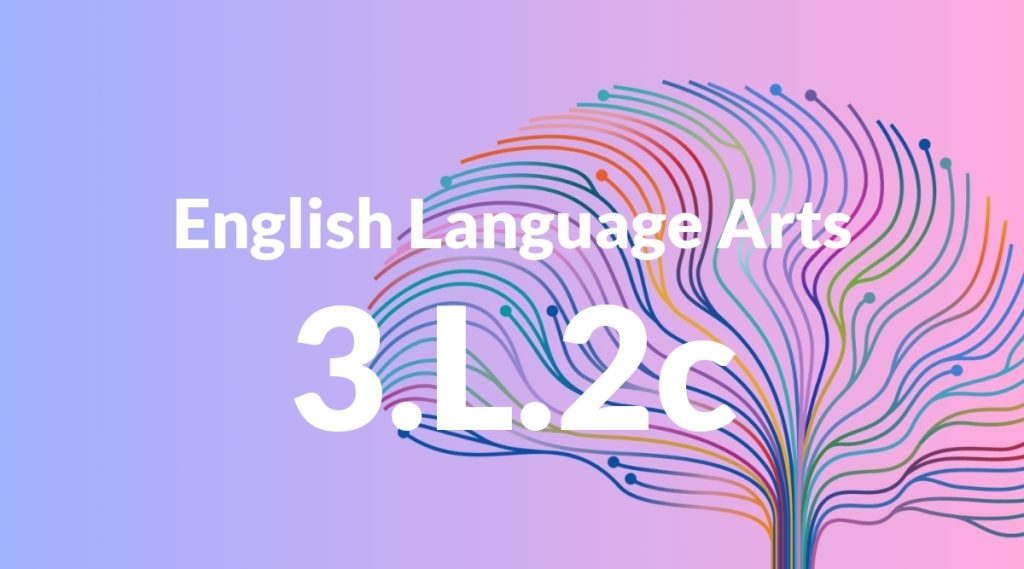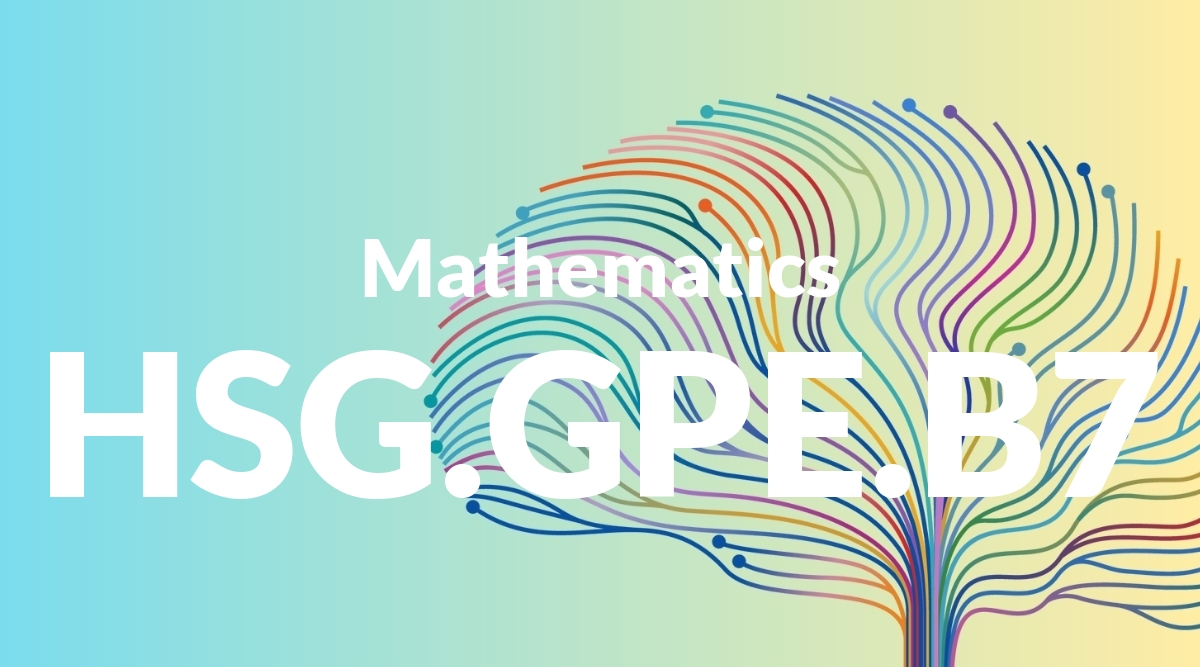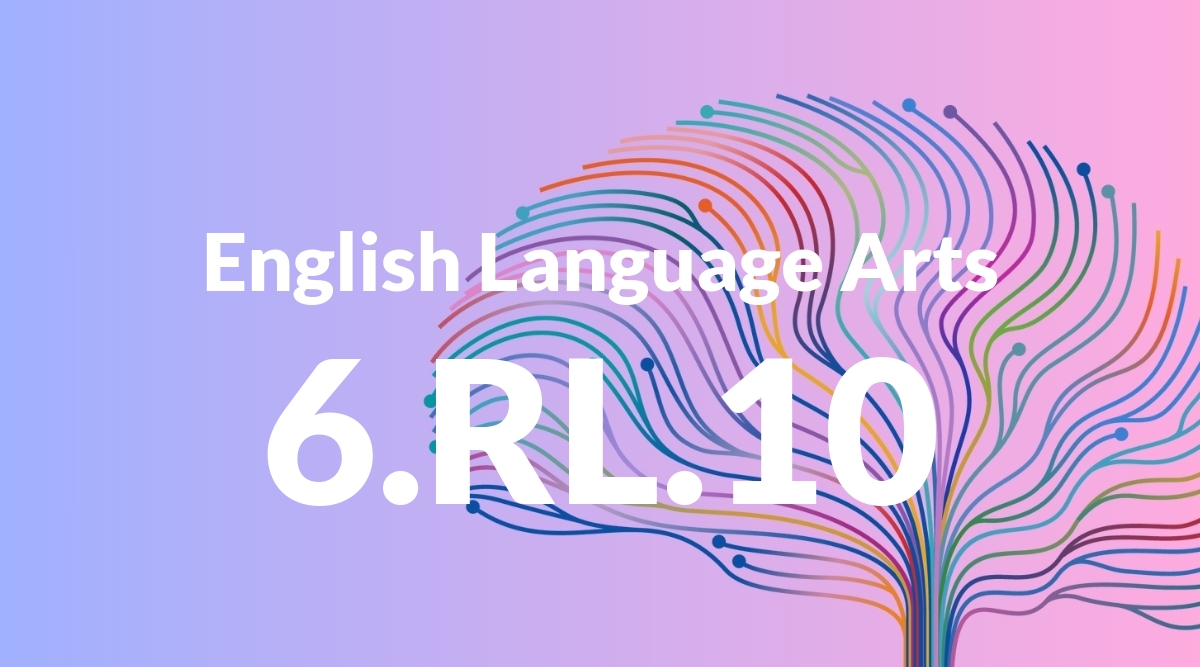Standard: 3.L.2c – Use commas and quotation marks in dialogue.
Grade level: Grade 3
Subject: English Language Arts
Domain: Language
Teacher Overview
This standard focuses on the correct use of commas and quotation marks in dialogue, which is crucial for clear written communication. It helps students understand how punctuation affects the readability and meaning of text, and prepares them for more advanced writing and reading skills. Students should have a solid understanding of basic punctuation and sentence structure, as well as an awareness of how dialogue is used in writing.
After mastering this standard, students will be able to punctuate dialogue correctly, enhancing their writing clarity and preparing them for more advanced narrative writing.
Common Misconception 1
Some students might think that quotation marks are only needed at the beginning and end of a conversation. This is incorrect because each piece of spoken dialogue needs to be enclosed in quotation marks to clearly indicate who is speaking.
Intervention 1
Provide students with plenty of examples and practice opportunities. Use color-coding or highlighters to visually separate spoken dialogue from narrative text.
Common Misconception 2
Another common misconception is that commas are not necessary before or after quotation marks. This is incorrect because commas help to separate the spoken words from the rest of the sentence, making it easier to read.
Intervention 2
Use sentence diagramming and visual aids to show the correct placement of commas. Practice with students using both written and oral exercises.
Prerequisite Knowledge
Students should understand basic sentence structure, including the use of periods, capital letters, and basic punctuation. They should also be familiar with the concept of dialogue and how it is used in writing.
Subsequent Knowledge
After mastering this standard, students will be able to write more complex narratives with proper punctuation, understand more sophisticated texts with dialogue, and use punctuation to convey meaning and tone in their writing.
Instructional Activities
- Write a short story with dialogue
- Edit a passage with incorrect punctuation
- Create a comic strip with speech bubbles
- Role-play conversations and punctuate them correctly
- Read a book passage and identify the punctuation used in dialogue




